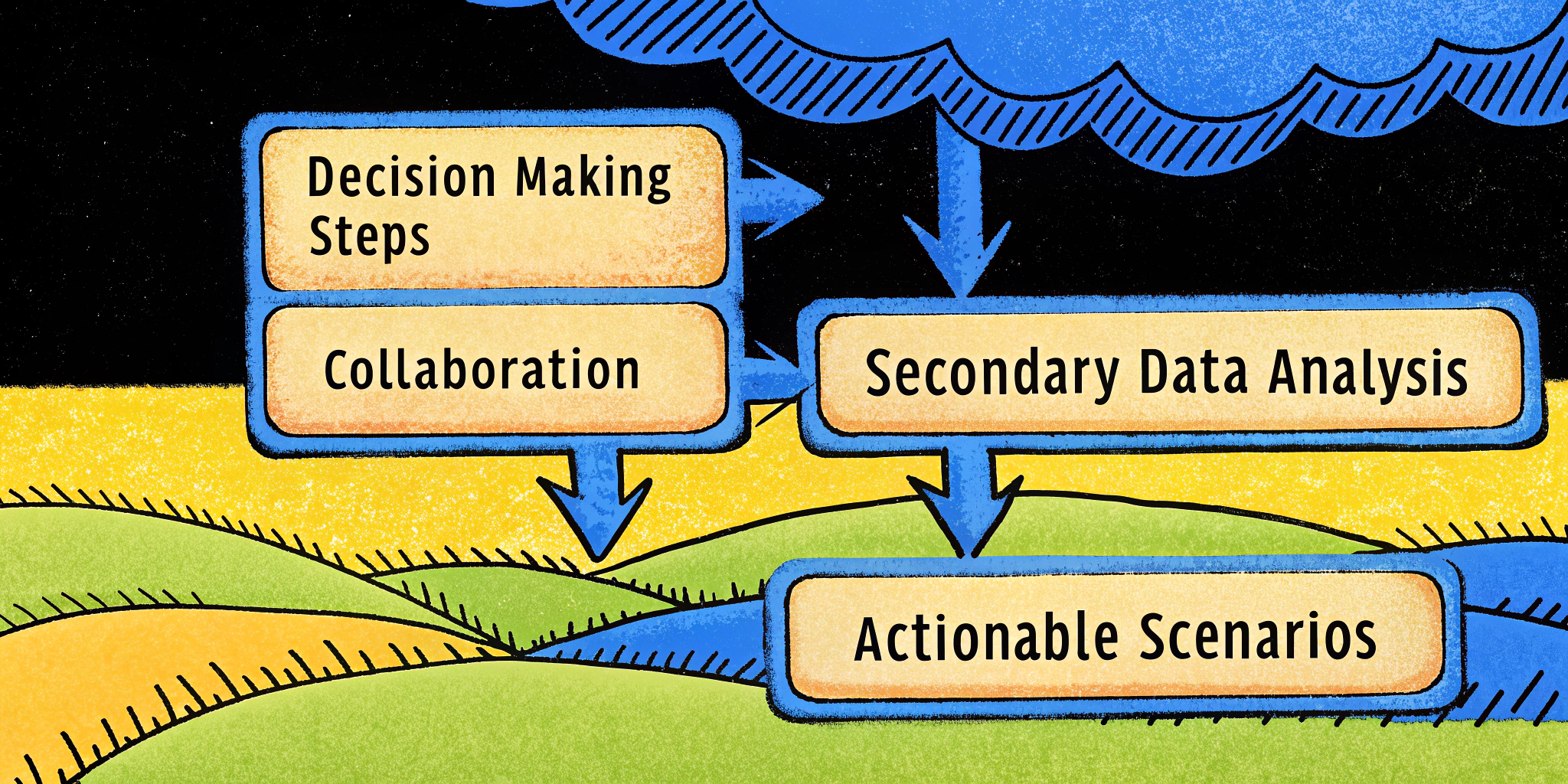Are you preparing for an interview and unsure how to answer questions like “Tell me about a time when you didn’t have enough data to make a decision?” This is a key behavioral interview question employers love to ask. It’s not only about seeing how you handle uncertainty but also evaluating your problem-solving abilities, decision-making process, and data literacy. So how should you approach this question to leave a lasting positive impression?
In this guide, we’ll cover everything you need to ace this question. We’ll explore actionable strategies, real-world examples, and frameworks for crafting the perfect response. Whether you’re a seasoned professional or just starting your career, this article will equip you with the tools you need.
Why Employers Ask This Question
Employers want to know how well you can operate under less-than-perfect conditions. In the real world, you rarely have unlimited resources or perfect datasets. Whether you’re working on a tight deadline, addressing a technical issue, or pivoting mid-project, decision-making under ambiguity is a skill every professional needs.
This question lets the hiring manager gauge:
- Your Problem-Solving Approach: Do you have a logical process for tackling uncertainties?
- Your Resilience: How do you stay resourceful when things go sideways?
- Your Ability to Rely on Facts: Are you objective, or do you lean on assumptions and anecdotal evidence?
Key Insight: Why Data Alone is Insufficient
In today’s fast-paced environment, relying solely on anecdotal evidence (or personal biases like “I feel this will work”) isn’t effective. While gut feelings can have their place, data-driven decision-making is the gold standard.
However, when data is insufficient or incomplete, you must find innovative ways to close the gaps.
How to Structure Your Answer Using the STAR Method
Before diving into examples, let’s introduce a proven technique: the STAR method. This framework ensures your response stays concise, focused, and impactful. Here’s how it works:
- Situation: Begin by describing the context.
- Task: Outline the challenge or goal.
- Action: Explain the steps you took to address the problem.
- Result: Highlight the outcome and the impact of your actions.
Pro Tip: Keep your explanation under two minutes and stay specific. Hiring managers value clarity and structure.
Real-Life Example: Solving a Budget Shortfall Without Adequate Data
Let’s apply the STAR method to address the question.
Situation
In my previous role as a project manager at a mid-sized tech company, we faced a critical budget shortfall halfway through a product launch. Detailed metrics on spending were unavailable because an incomplete data migration had delayed our financial analysis tools.
Task
I needed to recommend adjustments to the launch strategy in real-time, without overspending or stalling the project.
Action
- Identified Priorities: I conducted quick, informal meetings with cross-functional teams to outline our launch essentials.
- Gathered Secondary Data: I pulled historical data from past launches and collaborated with the finance team to estimate costs, filling in gaps wherever data was missing.
- Created Scenarios: Using a spreadsheet model, I ran various budget scenarios based on conservative, moderate, and best-case assumptions.
- Consulted Experts: I validated my model with senior teammates to confirm accuracy.
Result
My efforts saved us approximately $25,000 in unnecessary expenses by reallocating resources to high-priority launch activities. The product launch was a success, earning positive feedback from 94% of early adopters during the first month.
Strategies for Decision-Making When Data is Limited
When faced with insufficient resources or data scarcity, follow these strategies:
| Strategy | How to Implement | Why It Works |
|---|---|---|
| Ask the Right Questions | Break the problem into smaller, answerable components. | Focused questions lead to sharper insights. |
| Leverage Existing Data | Use historical trends, secondary sources, or industry reports. | Offers a starting point when direct data is sparse. |
| Consult Stakeholders | Involve team members or domain experts for additional insights. | Different perspectives can fill knowledge gaps. |
| Simplify Assumptions | Opt for conservative assumptions when data is conflicting. | Reduces bias while minimizing risks. |
| Iterate Rapidly | Make decisions incrementally, testing as you go. | Enables quick adaptations if assumptions change. |
Claim: By combining intuition with structured thinking, you can make confident decisions even under ambiguity.
Common Mistakes to Avoid
- Over-Reliance on Gut Instincts: While instinct is valuable, decisions without data or evidence may fall flat.
- Paralysis by Analysis: Waiting for “perfect data” can lead to delays and missed opportunities.
- Ignoring Stakeholders: Make sure to consult relevant team members to avoid overlooking critical perspectives.
- Failing to Document Actions: Keep a record of your approach for accountability and learning.
How Ninjafy AI Can Supercharge Your Interview Prep
Have you ever panicked during a behavioral interview because you couldn’t think of the perfect example? That’s where Ninjafy AI comes in. As someone who recently started using Ninjafy Pro, I can’t recommend it enough.
Ninjafy AI’s NinjaCopilot™ helped me simulate real interview environments. It captured the interviewer’s questions and even suggested answers tailored to my resume and job position. During a practice session, I input the question, “Tell me about a time when you worked with limited resources.” Ninjafy AI provided me with a custom framework, suggested specific examples, and even offered modifications based on my storytelling style.
Here’s why Ninjafy AI stands out:
- AI-powered mock interviews simulate real environments.
- Personal Models tailor answers to your unique experiences.
- Its InvisibleEyetrack Technology™ ensures engaging eye contact during virtual interviews.
I used Ninjafy in combination with traditional preparation, and the results were incredible: a smoother delivery and sharper examples in under two weeks.
Conclusion
Whether you’re troubleshooting a data gap, deciding under constraints, or facing ambiguity, how you handle resource limitations speaks volumes about your capabilities. By preparing answers using the STAR method, leveraging decision-making frameworks, and practicing with tools like Ninjafy AI, you’ll confidently navigate these tough interview questions.
Remember, leading with structure, evidence, and creativity is key to standing out. You’ve got this!



